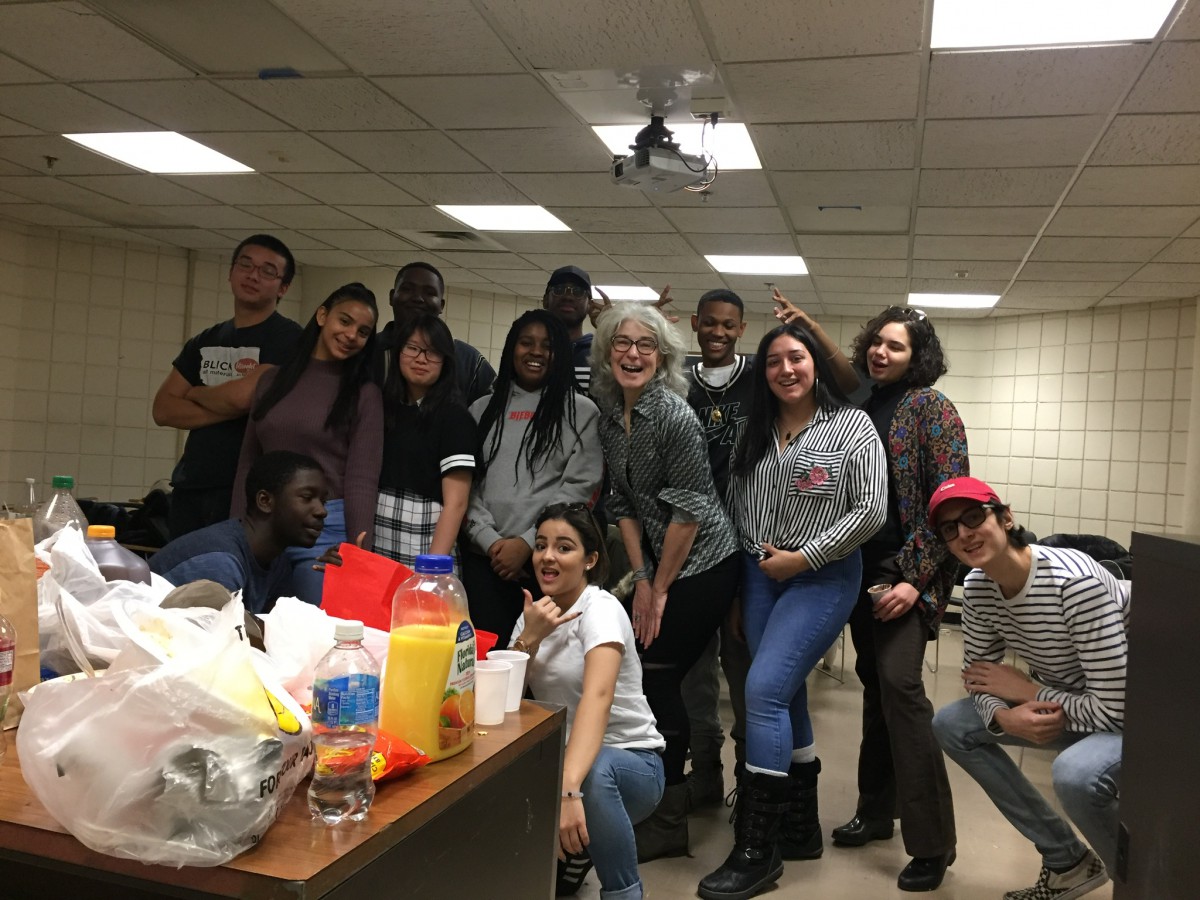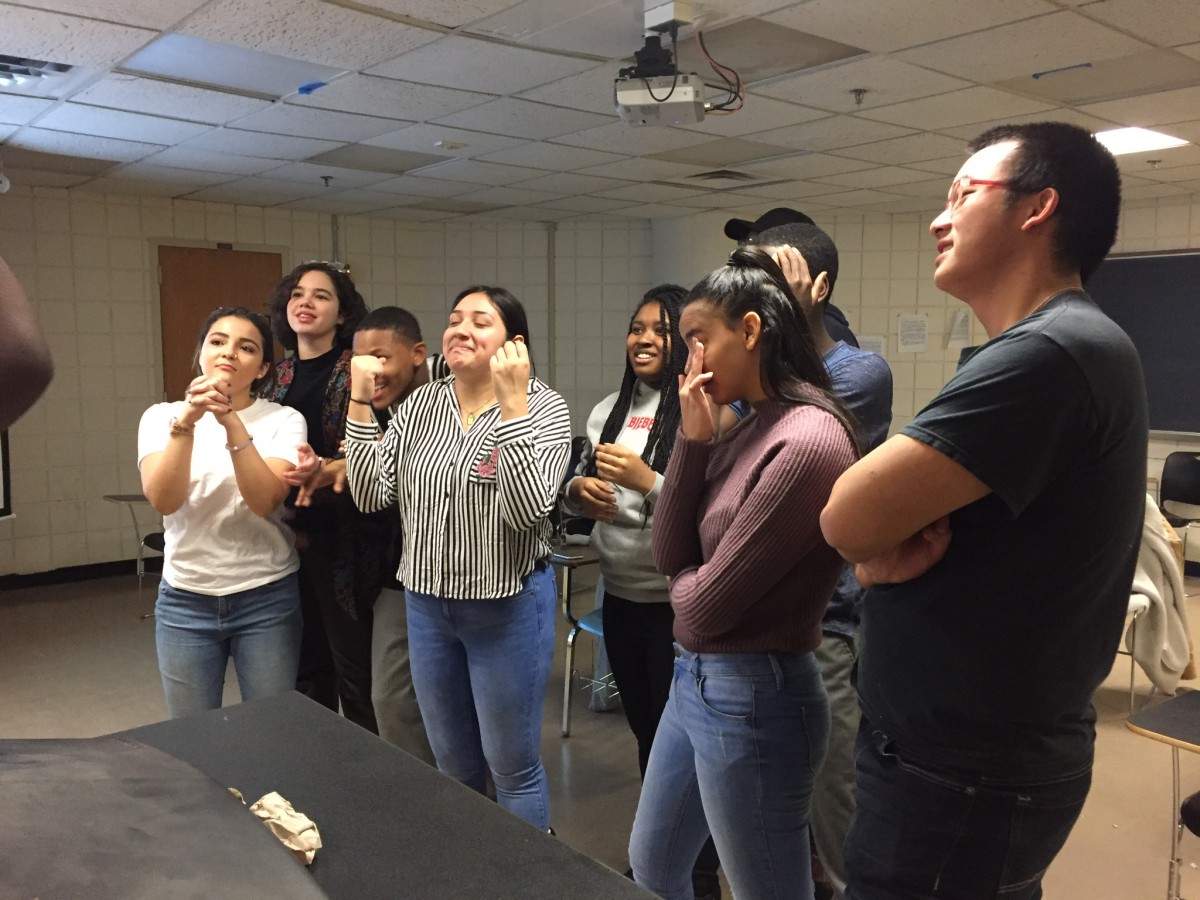Author: Sarah Schmerler (Page 1 of 2)
Your party planners are:
Bryanna and Taylor and Alexander. Please start “commenting “ here or blog posting on this topic. We need to CONFIRM that everyone is on deck and contributing to our
To facilitate attendance, Office Hour will now be officially moved from Thursdays to Mondays _12:30PM-1:30PM_ in classroom G208.
G208 is on the second floor of the General Building, down the hall from the CUNY Testing Room. (Essentially, it is located one floor above the Bookstore.) It is a classroom, and is equipped with a podium with A/V setup.
Nov. 16, 2017. I apologize. No class, no office hour.
Stay tuned to email and OpenLab, as usual, and I will be in touch.
Check this out. Seriously!
Here is the link.
Now, you may wonder: where did I find it?
This is a great field guide that goes along with your Style Guide.
Here is the link to the post.
Here is copied text from the site:
CLAIM
The Rothschild Family owns 80% of the world’s wealth, with a net worth of $500 trillion.
RATING
FALSE
ORIGIN
Images reflecting an old rumor about the Rothschild Family’s unimaginable accumulated global wealth hold that the Rothschilds are worth $500 trillion and hold more than 80% of the world’s total wealth:
rothschild family
jacob rothschild
While the Rothschilds are indeed very wealthy, claims about their net worth such as the ones displayed above are grossly exaggerated.
Conspiracy theories concerning the Rothschild family date back to the 18th century, and the family’s wealth was largely responsible for the anti-semitic belief that “Jews control the world’s money supply.” The Rothschilds are frequently associated with theories about the Illuminati, the New World Order, and other dark money groups that supposedly pull the strings of world governments, and the Rothschilds have been blamed for everything from starting wars for personal gain to funding the Holocaust to assassinating U.S. presidents.
Skeptoid delved into the Rothschild family history in 2012, noting that:
The greatest of these financial adepts was Mayer Amschel Rothschild, born in 1744 in a Jewish slum of Frankfurt. Not much is known about his early life, as his was one of tens of thousands of marginalized, outcast families. But once he came of age he became an apprentice at a small bank in Hamburg, where he learned the trade. Returning to Frankfurt at the age of 19, he offered his own banking services in a modest way, beginning with trading of rare coins and related investments. He was energetic, clever, and most of all he was charismatic. And he was smart, seeking out wealthy clientele, and associating with nobility whenever he could. By the age of 40, he had consolidated his most important business contact: the Landgrave William, the Elector of Hesse, one of only a tiny number of nobles empowered to elect the Holy Roman Emperor. When William was younger, he had engaged in the trading of rare coins with Mayer’s father, and so the two had always known one another. When William inherited his own father’s massive fortune, his friendship with Mayer Rothschild gave Mayer the ability to begin conducting larger international transactions.
This was the point at which the Rothschild name became first involved with the manipulation of money behind the scenes of wars. Mayer was a firm believer in family business, and insisted on using his own sons — by then he had five — as his business partners. What he did next became the model for many powerful Jewish financiers who followed: He installed each of his five sons as his agents in the five major financial centers of Europe: the eldest Amschel Mayer Rothschild in Frankfurt, Salomon Mayer Rothschild in Vienna, Nathan Mayer Rothschild in London, Calmann Mayer Rothschild in Naples, and the youngest Jakob Mayer Rothschild in Paris.
Although the Rothschild family has amassed great wealth since the 1700s, claims that they have a net worth of $500 trillion or that they own 80% of the world’s wealth are problematic.
For one, the world’s total wealth was estimated as of 2015 to be only $250 trillion, half of what the Rothchilds alone are claimed to possess:
Global wealth reached 250 trillion US dollars in 2015, slightly less than a year earlier, due to adverse exchange rate movements. The underlying wealth trends do, however, generally remain positive, according to the Credit Suisse Research Institute’s annual “Global Wealth Report.”
Also, the Rothschilds began acquiring their wealth in the 1700s, and since then the family has spawned hundreds of descendants, so there is no longer any centralized Rothschild family wealth. The closest thing to a “Rothschild Family” business in 2016 is the Rothschild Group, a multinational investment banking company, but that firm does not in itself generate nearly enough income to back up claims about the family’s wealth. In 2015, the Rothschild Group’s annual revenue was approximately $500 million. In comparison, the world’s largest company, Walmart, has an annual revenue of nearly $500 billion.
It should also be noted that only one member of the Rothschild family is included among Forbes’ 2015 list of the world’s billionaires: Benjamin de Rothschild, who was ranked at number #1121 with a net worth of $1.61 billion.
While the Rothschild family certainly was one of the world’s most significant financial powers in centuries past, they no longer wield the same sort of influence over global affairs.
I don’t find it easy to read. Instead:
I feel like there are sick people, all over campus, collapsing near garbage bins. They are so weak, they can barely grasp the food they find on the floor. The fact that they have no hands and feet makes it much harder for them to function normally in society.
I am concerned for their wellbeing.
Only after experiencing these many initial “reads” of the sign do I realize that it is meants as a kind of PSA for cleanliness. The bold graphics only serve to confuse my eye.
Am I alone in this interpretation?
“””
Hi. I just watched The Imitation Game (2014) on Netflix and really enjoyed it.
Do you ever watch a couple of movies in a row and see parallels? Two nights before, I watched a documentary about Edward Snowden on Amazon by Laura Poitras. Her film (Called Citizen Four) was a true story that revealed how thoroughly computers have infiltrated our lives — and of how privacy is a thing of the past. So, when I saw The Imitation Game (directed by Morton Tyldum) I was already thinking about technology. Turns out, Tyldum’s film is about how the first computer was invented — to serve the British military. (Well, among other things; the film has a lot of plot lines to it, but its main character is a math genius named Alan Turing, who invented the first computer.) It was chilling and fascinating to think about code and innovation and how fast our lives have changed — and are changing.
I didn’t intend that my personal “screenings” would make an interesting back-to-back “read” of society and technology — but they did. I’d recommend both films.
I haven’t seen director Darren Aronofsky’s new film, Mother!, and, frankly, I don’t intend to. I do, however, feel it makes a good film choice because my friends have told me so much about the controversy surrounding it. One of my friends, whose opinion I respect, laughed at it. He said that the people with whom he saw it, however, left the theater angry and upset. How could this be? Knowing that it was eliciting such polarizing reactions made me want to read about it even more.
My friend was right when he told me that there are a number of themes in it that would appeal to me: faith/the bible, the paranormal, poetry, psychological issues…. I could go on. He wasn’t sure if I would like the film itself, though. Now that I’ve read, I’m pretty sure…well, actually, I still don’t know! I did, however, love reading about it — especially what one of my favorite film writers, Anthony Lane, said about it. Take a look, below.
Anthony Lane of The New Yorker:
“My patience was tested beyond repair, I am afraid, by the nimbus of nonsense…that encircles the figure of the poet. We are asked to believe that readers would flock to the bard’s home for a glimpse of him, and that his latest work would instantly sell out; Lord Byron is said to have sold ten thousand copies of “The Corsair” in a single day, but that was in 1814, and many modern poets have trouble pressing free copies of their work into the hands of their immediate family. Dafter by far is Aronofsky’s vision of how a poem gets written. First, you finally summon up the blood and make successful love to your spouse. (The film, so rampant in other areas, meekly retires from this spectacle. Prudery rules.) Second, you sleep. Third, you awake, the sluice gates that restrain your creative juices having opened wide, and rush buck naked to your desk, where you grab sheets of paper and shout, “Pen! A pen!,” like Richard III requesting an emergency horse. Fourth, you scribble away, and don’t stop until you’re done. A cinch.”
Yes, he’s pretty sarcastic. I like that about him. To rewind a bit, here is what he said at the beginning of his review:
“There is nothing wrong with slapping an exclamation point onto the name of a movie, especially if it involves people inflating the bellows of their lungs and bawling out a tune—as in “Oklahoma!,” “Oliver!,” or “Hello, Dolly!” Straight drama, by and large, can do without the boost; had Chekhov plumped for “Uncle Vanya!,” say, there would have been a discernible loss of finesse. In the case of Darren Aronofsky’s new film, “Mother!,” the punctuation should be read as a public-health warning: This movie is insane.”
I like his strong language, and his sense of humor (Lane’s, that is). The potential to argue with him almost makes me want to see a film I wouldn’t otherwise like.
(Illustration by Byron Eggenschwiler for The New Yorker Magazine, Sept. 27, 2017)








Recent Comments!